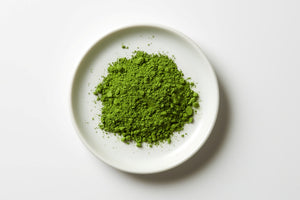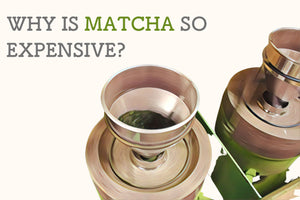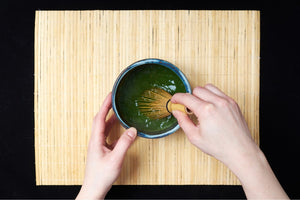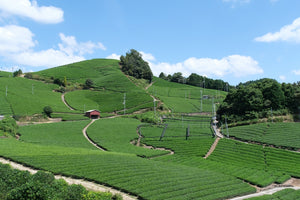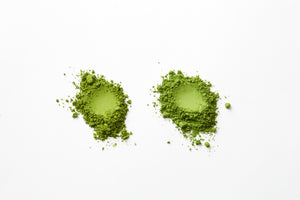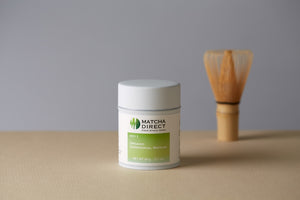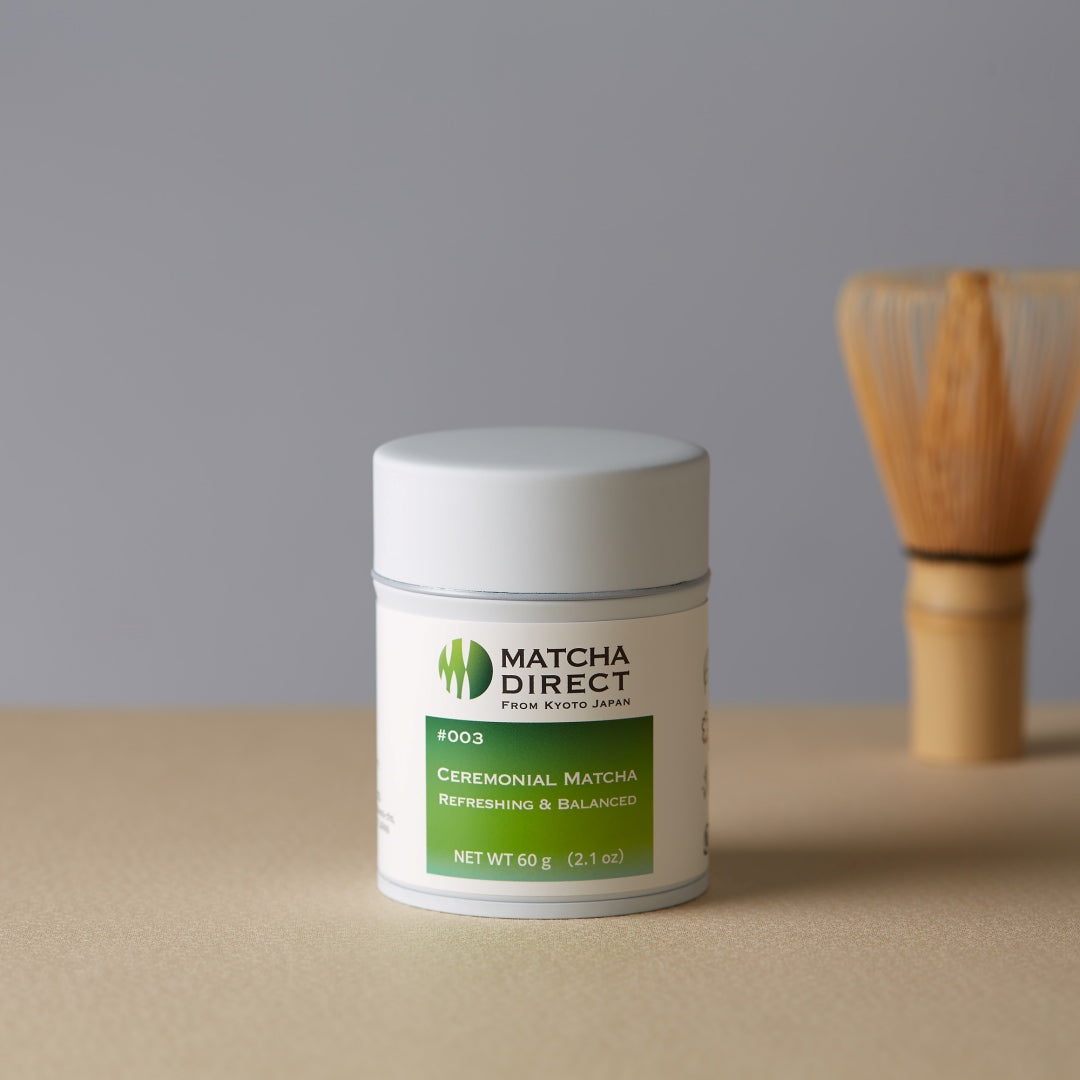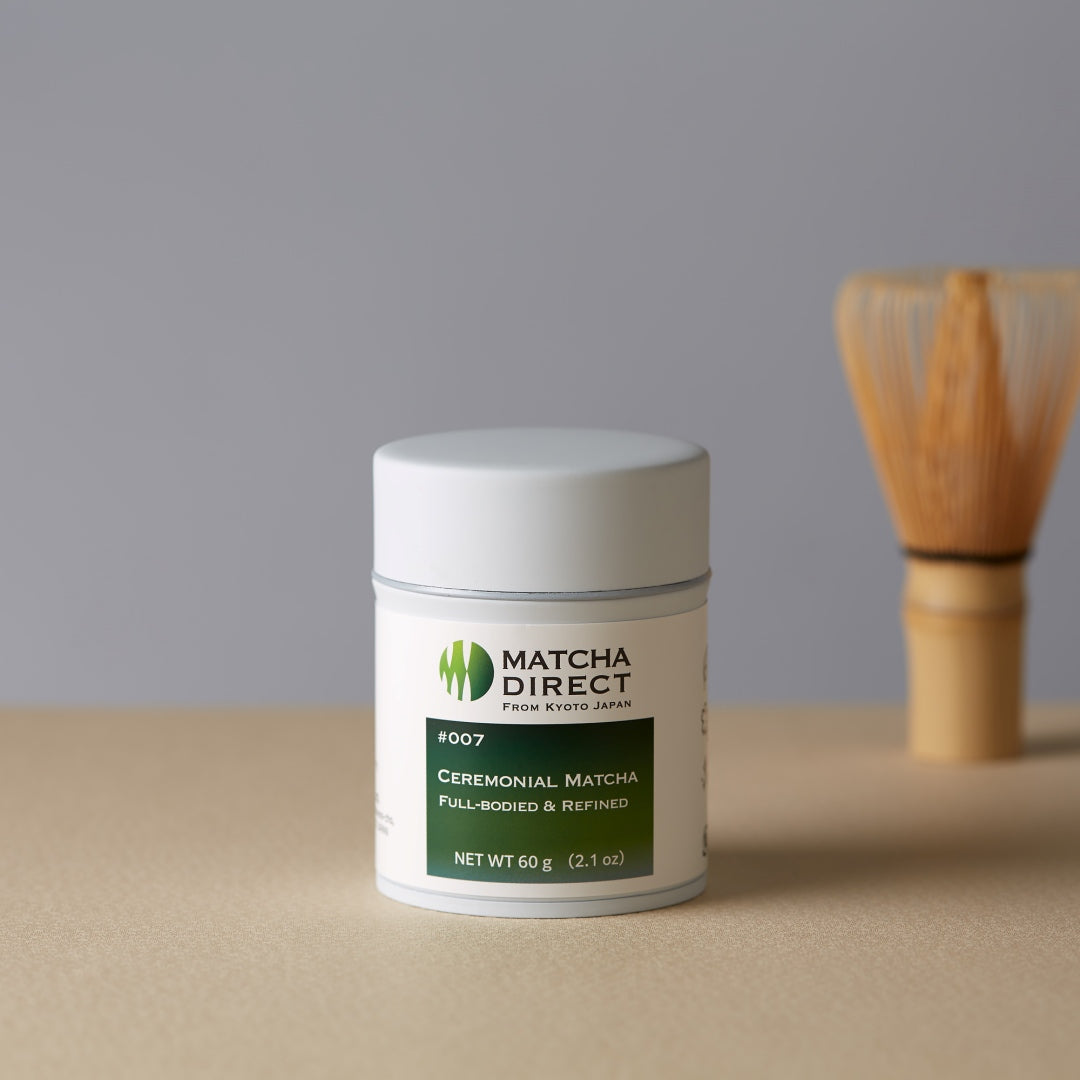Good Matcha Powder: 5 Key Points for a Superb Matcha Experience

We've summarized five key points to consider when choosing "good matcha powder". When purchasing online, there's a plethora of information available, so use these points to help you compare and make a decision. It might also be a good idea to reach out to the seller for further information.
Harvest Season

The most crucial factor when choosing matcha is the harvest season. In Japan, harvest seasons are divided into several periods, ranging from spring to autumn.
The first spring harvest yields high-quality tea leaves rich in L-Theanine and flavor. These leaves also contain plenty of chlorophyll, giving them a vibrant green color. As we move towards autumn, the price decreases, and the umami and sweetness derived from L-Theanine decrease, while the bitterness becomes more dominant. The color also loses its vibrancy and takes on a yellowish color.
Generally, matcha with lots of umami and less bitterness is preferred for drinking, and those harvested earlier are recommended. The matcha used for tea ceremonies is chosen from among the highest quality of these and it’s often called as “ceremonial grade”.
Those harvested later are valued for use in sweets and desserts. Late harvest tea leaves have strong bitterness and astringency, but it provide an advantage when combined with other ingredients. This is often called as "culinary grade."
For drinking, try choosing something that says "first harvest" or "ceremonial grade."
Production Region
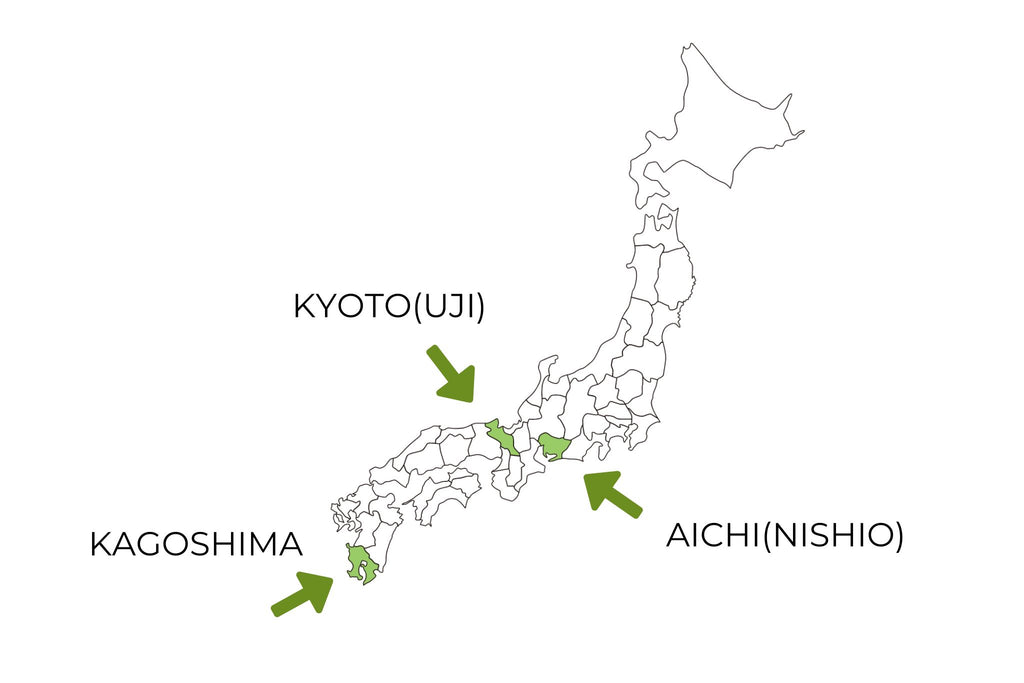
There are many matcha-producing regions in Japan, including Uji, Nishio, and Kagoshima.
Uji holds a special status in the matcha industry, cultivating many traditional varieties. They maintain an old method of shading tea plants without damaging the leaves, resulting in high-quality tea leaves. At the All-Japan Tea Products Evaluation Convention, an annual competition for tea quality, Uji almost always takes the top spots.
Nishio is the second traditional production area after Uji. Blessed with an excellent geological condition, it produces matcha with a rich flavor. Most of the matcha from Nishio is used for processing, such as in sweets, desserts, and ice cream, thereby supporting Japan's processed matcha market.
Kagoshima is a new producer in Japan, known for large-scale and efficient cultivation. Here, relatively inexpensive matcha circulates considering its quality.
The production area is a matter of preference, and there's also the aspect of balancing it with the price. It's hard to say definitively which is best. However, as every matcha seller mentions their production area, you can check this information and consider it as one element of enjoying your matcha.
Note: "Uji" refers to the tea production region spanning Kyoto, Nara, Shiga, and Mie. The area designated as Uji in terms of tea production does not align exactly with Uji City in Kyoto Prefecture.
Stone Mill Grinding and Machine Grinding
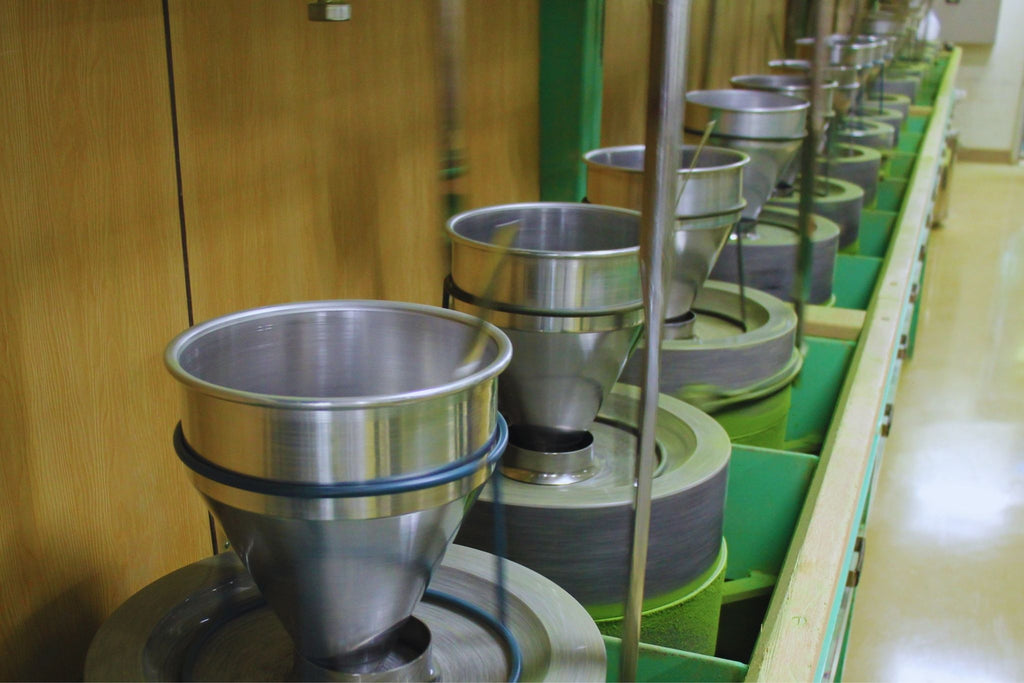
In the production of matcha, there are two methods: stone mill grinding and machine grinding.
There are differences in particle size. With stone mill grinding, we can produce particles down to a few microns. In contrast, machine grinding does not usually produce such small sizes. While it is physically possible, it takes too much time and is inefficient, defeating the purpose of machine grinding. Consequently, there is a gap in particle size between stone mill and machine grinding. The small particles produced by stone mill grinding result in a smooth mouthfeel and good frothiness.
In the past, the heat damage caused by machine grinding was often pointed out, but the current machine grinding technology has improved to control the heat generation.
Stone mills can only grind about 40g per hour per mill, which makes the product more expensive.
When grinding the same tencha leaves, the matcha ground by a stone mill becomes a whiter color compared to machine grinding. Therefore, it's important not to mistake the whiteness as a decline in quality.
When it comes to drinking matcha, we would recommend stone mill grinding, but it might be interesting to try and compare the difference.
Packaging

Paying attention to packaging is also important. Matcha is easily affected by moisture, which impacts its quality. Therefore, it is preferable to have aluminum bags with zippers that can be sealed. If you're using a can, be careful as it may not provide sufficient moisture protection after being opened.
There's another important point regarding storage. Those who know that matcha is sensitive to heat tend to store it in the fridge. This is not wrong, as refrigeration can certainly help maintain the quality of the matcha. However, if you open the bag immediately after taking it out of the fridge, condensation forms on the matcha inside the bag, causing it to absorb moisture. If this happens just once, it's fine, but repeating this process causes the matcha to absorb a lot of moisture and even though it's stored in the fridge, the taste changes unfavorably.
To avoid this, you need to leave the bag at room temperature for a few hours before opening it to prevent condensation. But this can be tedious. If you drink matcha daily, leaving it at room temperature might be one solution. If stored for a month, the quality will deteriorate, but if consumed within that period, it could be a better option.
In Japan, matcha is often sold in 30g packs for retail. This is because 30g can usually be consumed at room temperature without needing to be taken in and out of the fridge.
For unopened matcha that won't be used for a while, it's recommended to store it in the fridge or freezer. When you first open it, let it return to room temperature to prevent condensation, and then store it at room temperature thereafter. While this method is not perfect, it is a practical way to store matcha.
Freshness

For matcha, freshness is extremely important. After grinding, matcha has a large surface area and its quality gradually changes. Therefore, it's best to get fresh matcha. If you can't, make sure to check if it has been stored in refrigeration during distribution. It's not ideal if it has been stored at room temperature for months, but if it is air shipped and arrives quickly, there's no need to spend extra for refrigerated shipping.
Even when we talk about quality changes, various chemical reactions occur within the matcha. One observable change is in color. Freshly ground matcha has a vibrant green color, but this greenness gradually fades over time. This change occurs regardless of whether antioxidants are added or the atmosphere is replaced with nitrogen – it's a change that doesn't require oxygen.
On the other hand, changes in flavor are complex. Even with packaging that completely removes oxygen, oxidation of the fats contained in the tea leaves can be suppressed, but changes in flavor occur even under anaerobic conditions. You might describe this as an unpleasant taste, as an off-flavor that wasn't present in freshly ground matcha starts to be noticeable. Over time, the quality gradually deviates from the ideal state from when it was freshly ground.
When choosing matcha, many discussions may only focus on the grade. However, even expensive matcha is a waste if it's not fresh. Conversely, even low-grade matcha, if fresh, can be drunk without any strange bitterness or astringency. Focusing only on the grade without considering how it is distributed is like not seeing the forest for the trees. Instead of just looking at the superficial, let's approach matcha with a scientific interest.
Currently, there are more matcha products available for direct purchase from Japanese EC sites. They will be delivered by air mail, so you can be assured of their freshness.
Conclusion: To choose good Matcha Powder
| Point | Recommendation |
| Harvest season | Should be labeled as first flush or ceremonial grade |
| Production area | Up to your preference |
| Grinding method | Stone mill grinding is preferable, but machine grinding is also acceptable |
| Packaging | Aluminum bag with a zipper |
| Freshness | Purchase freshly ground matcha directly from a Japanese EC site |


